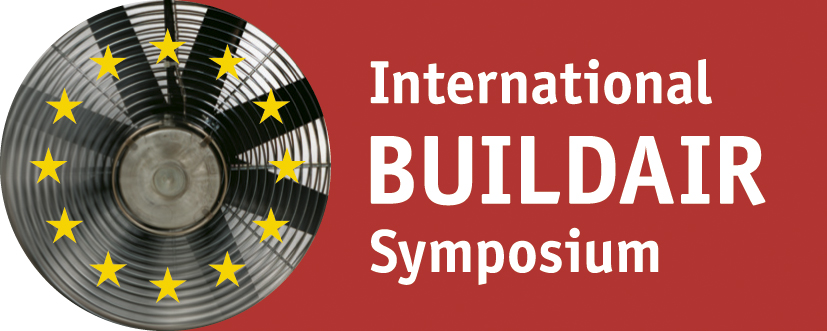With the increasing need for higher energy efficiency in buildings, airtightness and ventilation systems choice become major performance issues in well insulated buildings. Buildings energy requirements lead to adapt ventilation strategies in order to reduce energy losses through mechanical balanced or extract ventilation. With the new French thermal regulation, the use of energy-efficient ventilation systems is implicitly required; low air infiltration is explicitly required in residential buildings through minimum airtightness levels. However, mean infiltration rate due to weather conditions could be significantly affected by the ventilation system choice. This work aims to evaluate the airtightness impact on energy needs depending on the mechanical ventilation strategies. We have developed a numerical approach with the simulation tools TrnSys and COMIS, allowing us to model heat, airflow and pollutant transport (e.g., moisture) in each zone and to calculate the annual energy use for various envelope leakage distribution, mechanical ventilation systems, and climates. We have investigated for typical French dwelling the impact on the heating loads of: the location of infiltration openings on each façade (vertically and horizontally) and the ceiling; the zone configuration (1- or multi-zone model); the climatic conditions; and shielding conditions (exposed and surrounded by obstructions). The numerical investigations show an increase of thermal needs from 2 to 17 kWh/(m².Year) per unit of air permeability index, depending on ventilation system choice, wind exposure category and climate zone.
Numerical evaluation of the airtightness impact on energy needs in mechanically ventilated dwellings

Year:
2013
Bibliographic info:
8th International BUILDAIR Symposium on Building and Ductwork Airtightness ,7-8 June 2013, Hannover, Germany




